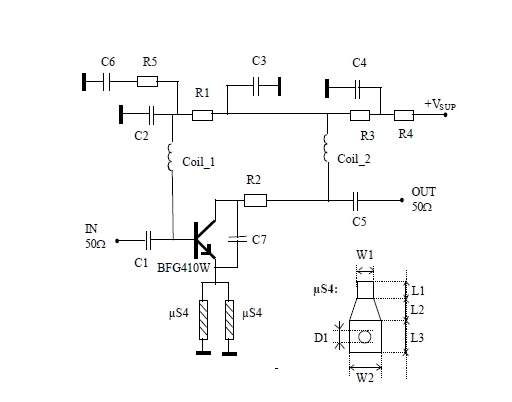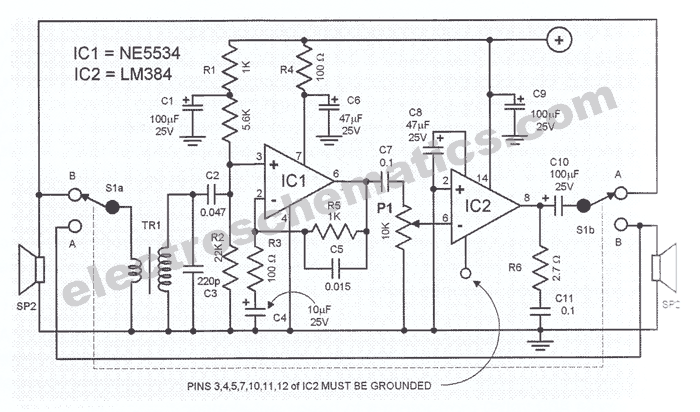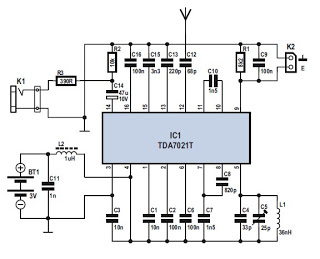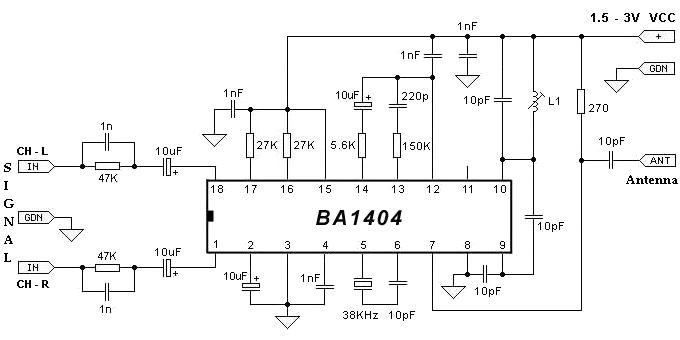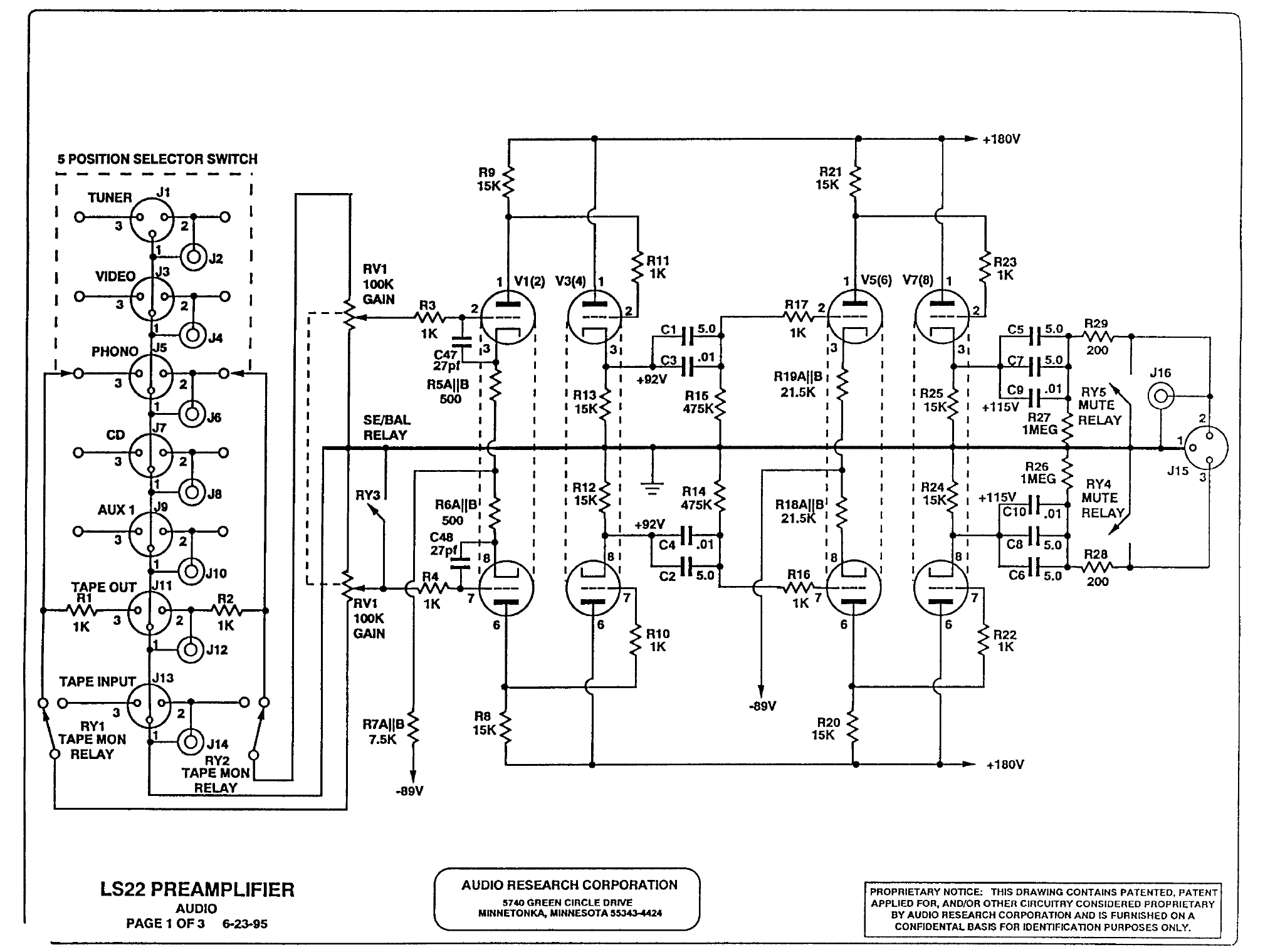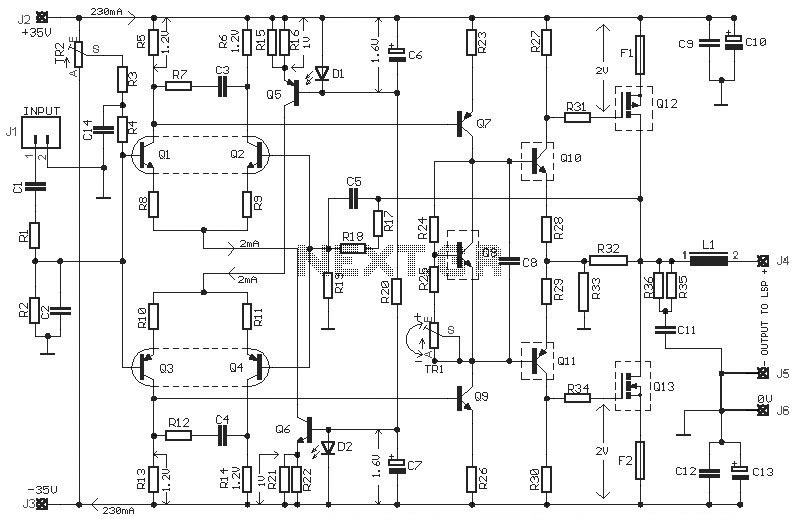
audio visual indicator for telephone circuit diagram

Often, there is a need for an additional telephone ringer in an adjoining room to be alerted about incoming calls. For instance, if the telephone is situated in the drawing room, an extra ringer may be required in the bedroom. This can be achieved by connecting the provided circuit in parallel with the existing telephone lines using twin flexible wires. This circuit operates without requiring an external power source. The section that includes resistor R1, diodes D5, and LED1 offers a visual indication of the ringing signal. The remaining part of the circuit consists of an audio ringer based on IC1 (BA8204 or ML8204), which is an integrated circuit specifically designed for telecom applications as a bell sound generator and necessitates very few external components. It is available in an 8-pin mini DIP package. Resistor R3 is utilized for adjusting the bell sensitivity. The bell frequency is regulated by resistor R5 and capacitor C4, while the repeat frequency is controlled by resistor R4 and capacitor C3. Some experimentation with the values of the resistors and capacitors may be conducted to achieve a desirable tone. The operation of the circuit is straightforward. The bell signal, approximately 75V AC, passes through capacitor C1 and resistor R2 and is then directed to the diode bridge formed by diodes D1 to D4. The rectified DC output is smoothed by capacitor C2. The dual-tone ring signal is output from pin 8 of IC1, and its volume is adjusted using volume control VR1. This signal is subsequently applied to the piezo-ceramic sound generator.
The circuit design is intended to provide an additional ringer that can be easily integrated into existing telephone lines without the need for external power, making it highly convenient. The use of components such as the BA8204 or ML8204 integrated circuit ensures that the design remains compact while delivering effective performance. The visual indication of the ringing signal through LED1 allows users to see when a call is incoming, adding an extra layer of functionality.
The design parameters, including the sensitivity adjustment via R3 and the frequency control through R5, C4, R4, and C3, allow for customization based on user preferences. This adaptability is crucial for achieving a sound that is not only audible but also pleasant to the user. The rectification process through the diode bridge ensures that the AC ringing signal is effectively converted to DC, which is essential for the operation of the integrated circuit.
The output from pin 8 of IC1 is designed to drive a piezo-ceramic sound generator, which is known for its efficiency and clarity in sound production. The volume control VR1 provides the user with the ability to adjust the output level, ensuring that the ringer can be heard in different environments, whether it be a quiet bedroom or a bustling living room.
Overall, this circuit represents a practical solution for enhancing telephone alert systems, ensuring that users can stay informed of incoming calls regardless of their location within a home or office setting.Many a times one needs an extra telephone ringer in an ad joining room to know if there is an incoming call. For example, if the telephone is installed in the drawing room you may need an extra ringer in the bedroom.
All that needs to be done is to connect the given circuit in parallel with the existing telephone lines using twin flexible wires. T his circuit does not require any external power source for its operation. The section comprising resistor R1 and diodes D5 and LED1 provides a visual indication of the ring. Remaining part of the circuit is the audio ringer based on IC1 (BA8204 or ML8204). This integrated circuit, specially designed for telecom application as bell sound generator, requires very few external parts. It is readily available in 8-pin mini DIP pack. Resistor R3 is used for bell sensitivity adjustment. The bell frequency is controlled by resistor R5 and capacitor C4, and the repeat frequency is controlled by resistor R4 and capacitor C3.
A little experimentation with the various values of the resistors and capacitors may be carried out to obtain desired pleasing tone. Working of the circuit is quite simple. The bell signal, approximately 75V AC, passes through capacitor C1 and resistor R2 and appears across the diode bridge comprising diodes D1 to D4.
The rectified DC output is smoothed by capacitor C2. The dual-tone ring signal is output from pin 8 of IC1 and its volume is adjusted by volume control VR1. Thereafter, it is impressed on the piezo-ceramic sound generator. Disclaimer: All the information present on this site are for personal use only. No commercial use is permitted without the prior permission from authors of this website. All content on this site is provided as is and without any guarantee on any kind, implied or otherwise.
We cannot be held responsible for any errors, omissions, or damages arising out of use of information available on this web site. The content in this site may contain COPYRIGHTED information and should not be reproduced in any way without prior permission from the authors.
🔗 External reference
The circuit design is intended to provide an additional ringer that can be easily integrated into existing telephone lines without the need for external power, making it highly convenient. The use of components such as the BA8204 or ML8204 integrated circuit ensures that the design remains compact while delivering effective performance. The visual indication of the ringing signal through LED1 allows users to see when a call is incoming, adding an extra layer of functionality.
The design parameters, including the sensitivity adjustment via R3 and the frequency control through R5, C4, R4, and C3, allow for customization based on user preferences. This adaptability is crucial for achieving a sound that is not only audible but also pleasant to the user. The rectification process through the diode bridge ensures that the AC ringing signal is effectively converted to DC, which is essential for the operation of the integrated circuit.
The output from pin 8 of IC1 is designed to drive a piezo-ceramic sound generator, which is known for its efficiency and clarity in sound production. The volume control VR1 provides the user with the ability to adjust the output level, ensuring that the ringer can be heard in different environments, whether it be a quiet bedroom or a bustling living room.
Overall, this circuit represents a practical solution for enhancing telephone alert systems, ensuring that users can stay informed of incoming calls regardless of their location within a home or office setting.Many a times one needs an extra telephone ringer in an ad joining room to know if there is an incoming call. For example, if the telephone is installed in the drawing room you may need an extra ringer in the bedroom.
All that needs to be done is to connect the given circuit in parallel with the existing telephone lines using twin flexible wires. T his circuit does not require any external power source for its operation. The section comprising resistor R1 and diodes D5 and LED1 provides a visual indication of the ring. Remaining part of the circuit is the audio ringer based on IC1 (BA8204 or ML8204). This integrated circuit, specially designed for telecom application as bell sound generator, requires very few external parts. It is readily available in 8-pin mini DIP pack. Resistor R3 is used for bell sensitivity adjustment. The bell frequency is controlled by resistor R5 and capacitor C4, and the repeat frequency is controlled by resistor R4 and capacitor C3.
A little experimentation with the various values of the resistors and capacitors may be carried out to obtain desired pleasing tone. Working of the circuit is quite simple. The bell signal, approximately 75V AC, passes through capacitor C1 and resistor R2 and appears across the diode bridge comprising diodes D1 to D4.
The rectified DC output is smoothed by capacitor C2. The dual-tone ring signal is output from pin 8 of IC1 and its volume is adjusted by volume control VR1. Thereafter, it is impressed on the piezo-ceramic sound generator. Disclaimer: All the information present on this site are for personal use only. No commercial use is permitted without the prior permission from authors of this website. All content on this site is provided as is and without any guarantee on any kind, implied or otherwise.
We cannot be held responsible for any errors, omissions, or damages arising out of use of information available on this web site. The content in this site may contain COPYRIGHTED information and should not be reproduced in any way without prior permission from the authors.
🔗 External reference
